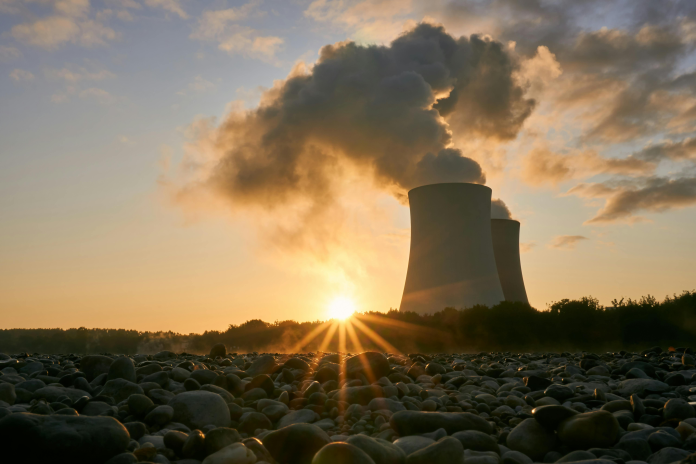
How does a nation under blanket UN sanctions increase its nuclear capability and obtain some of the world’s most advanced military hardware simultaneously? The solution in Tehran is the consolidation of strategic relations with Moscow that combines energy ambition with defense modernization, and is reshaping the balance of power in the region.
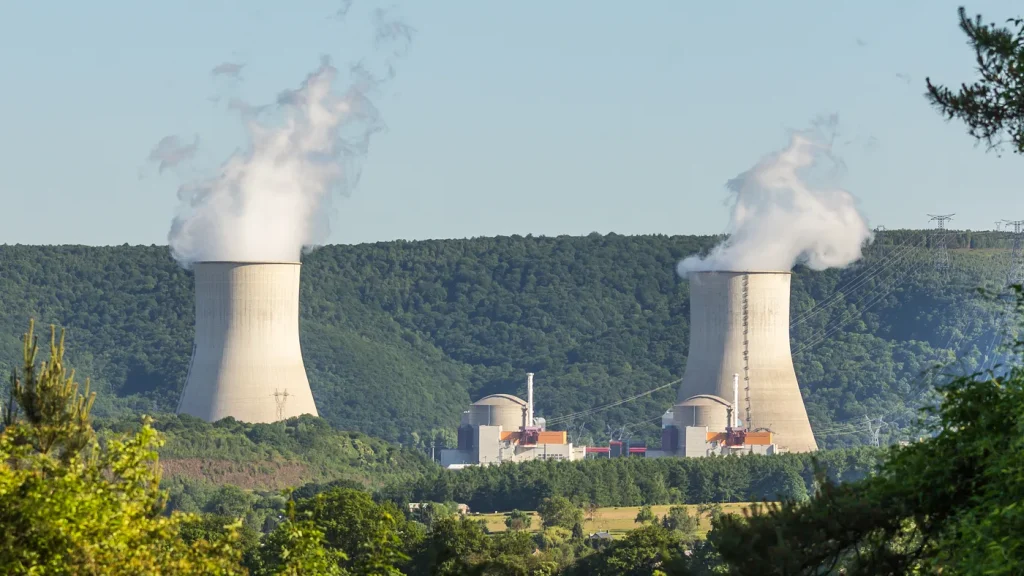
1. Small Modular Reactors and Large-Scale Nuclear Projects
Iran Atomic Energy Organization, led by Mohammad Eslami, has inked contracts with Russia’s Rosatom to deploy small modular reactors (SMRs) throughout the nation and construct four Generation III nuclear power plants in Hormozgan province. The SMRs, while being smaller in scale, are scalable and flexible, with room for rollout in off-grid or grid-constrained areas. They are designed with passive safety systems, reducing reliance on external power to cool, and can be built faster than traditional plants. The $25 billion Hormozgan project will supply 5 GW of power to Iran’s grid, easing long-standing shortages. It comes after Russia’s earlier commitment of eight nuclear reactors, including Bushehr units, and is based on a 20-year strategic agreement.
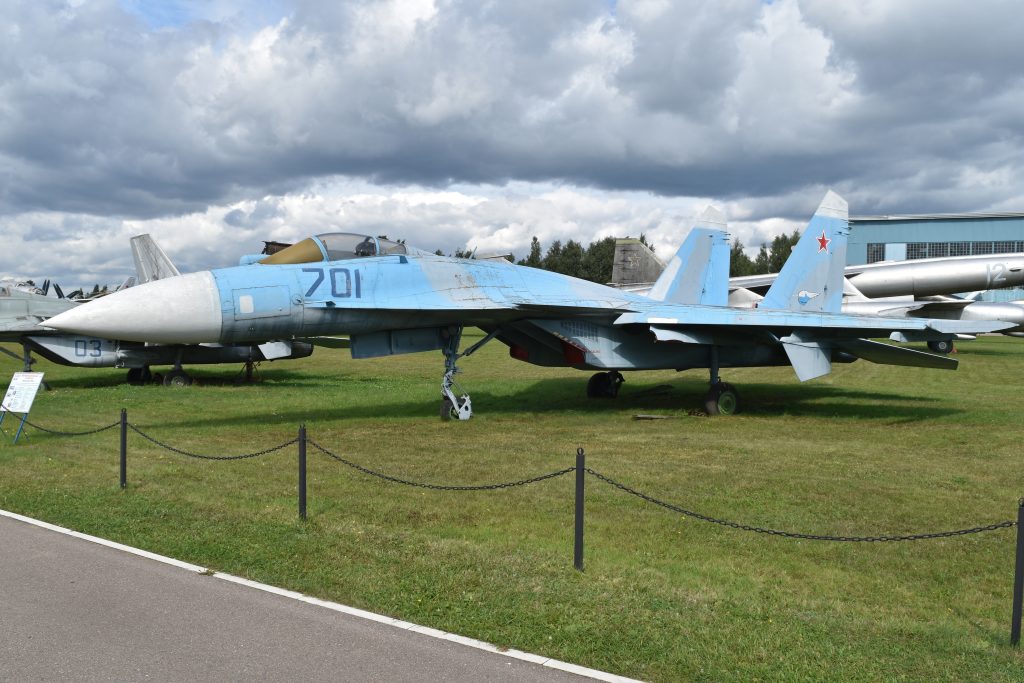
2. Su-35 Fighter Jet Purchase
Leaked Russian defense documents outline a €6 billion contract for 48 Sukhoi Su-35 combat aircraft with deliveries phased between 2026 and 2028. The Su-35 is a 4++ generation multirole fighter with thrust-vectoring engines, an Irbis-E passive electronically scanned array radar with target detection at up to 400 km range, and advanced electronic warfare suites.
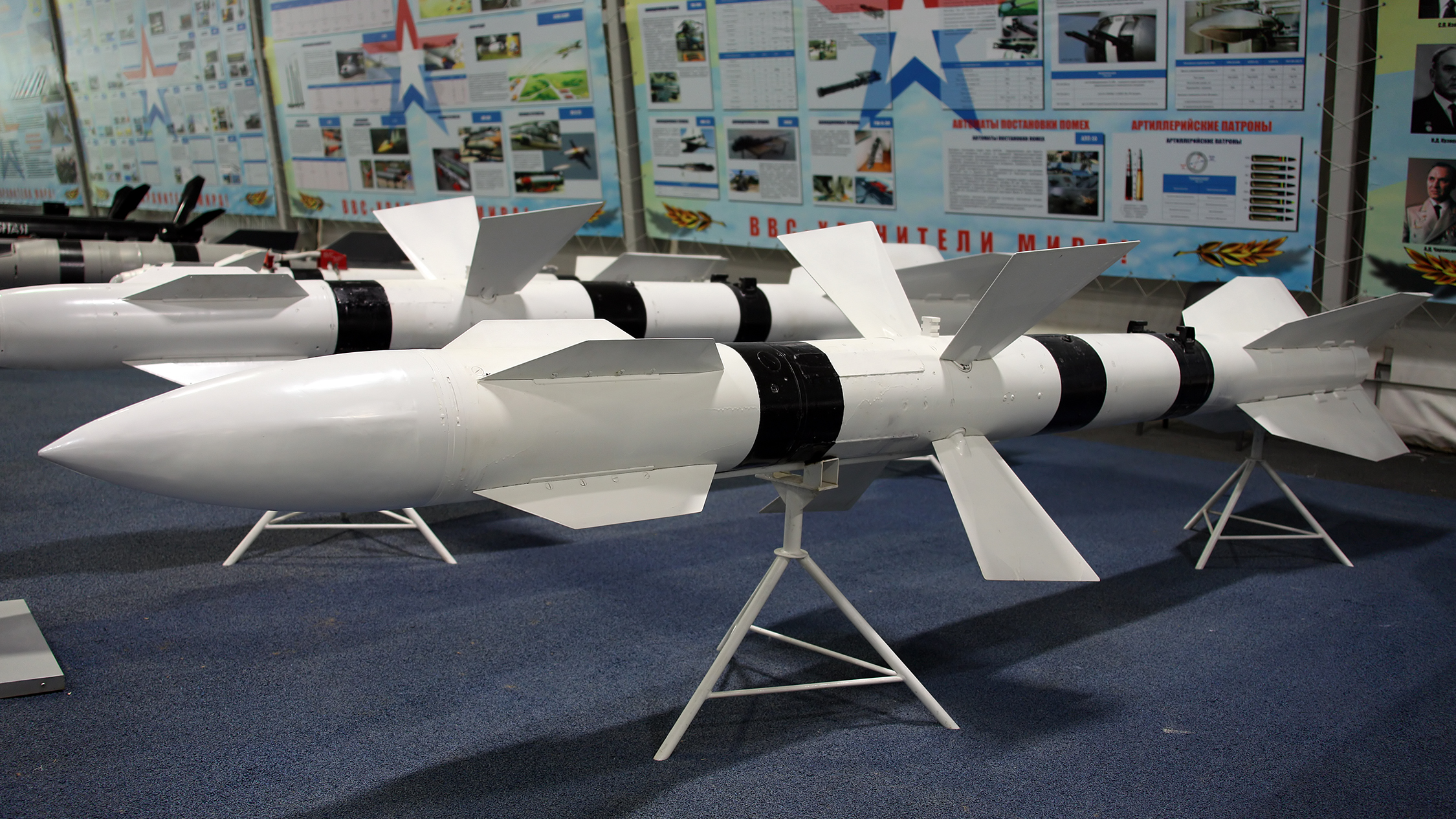
Its supermaneuverability and long-range missile compatibility make it a potent opponent against contemporary air forces. Iran’s phased acquisition strategy includes avionics and EW systems deliveries in 2024-2026, followed by integration and pilot training before final aircraft delivery.

3. S-400 Deployment of Air Defense
Iran has been said to receive Russia’s S-400 Triumf systems “in considerable quantity.” The S-400 battery used in the test near Isfahan included the 91N6E “Big Bird” acquisition radar, 92N6E “Grave Stone” engagement radar, command modules, and 5P85TE2 launchers. Capable of engaging aircraft, cruise missiles, drones, and ballistic missiles at 400 km ranges and 30 km altitudes, the system can target 80 and engage 36 simultaneously. Its integration marks an upgrade over Iran’s indigenous Bavar-373 and Khordad 15 systems, suggestive of a layered air defense with the aim to deter Israeli and American incursions.
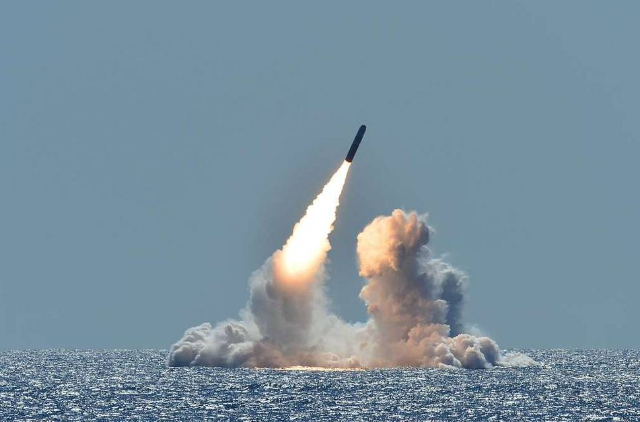
4. Rebuilding Ballistic Missile Infrastructure
Satellite photos analyzed by the Associated Press show construction at Parchin and Shahroud both essential for solid-fuel ballistic missile production. Israeli airstrikes in October 2024 destroyed planetary mixers, equipment required for smoothly combining solid propellant ingredients like sodium perchlorate. Without mixers, Iranian output remains capacity-restricted, but bringing it in from China is a likely option, since Beijing already has provided missile fuel precursors. Solid-fuel missiles, unlike liquid-fuel missiles, would be able to be fired within minutes, a critical aspect in weathering preemptive strikes.
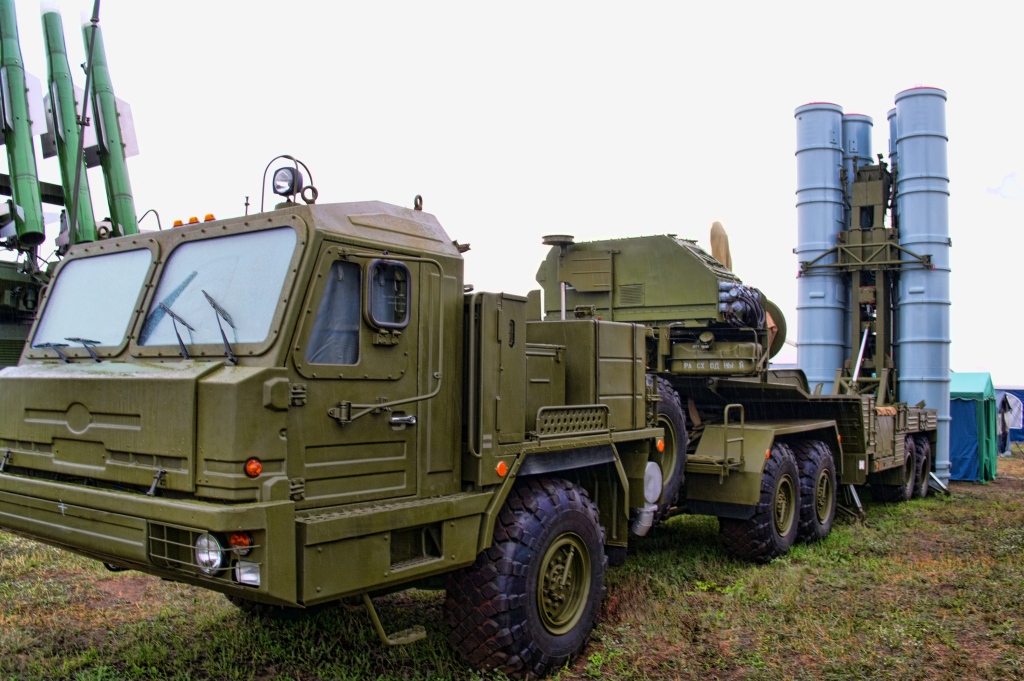
5. Russian and Chinese Military Technology Integration
Apart from Russian platforms, Iranian authorities have a special interest in Chinese HQ-9 long-range SAMs, like Russian S-300s. Chinese assistance would be in the form of ballistic missile guidance systems and microprocessors to improve precision and survivability. The multi-supplier approach varies Iran’s defense basket, preventing reliance risks and making countermeasures difficult for adversaries.

6. Strategic Context Under UN Sanctions
The UN Security Council’s refusal of a Russia-China bid to delay sanctions reimposition has led to asset freezes, ban on arms sales, and missile research sanctions. European powers cited Iran’s 60% enrichment of uranium a technical short step from weapon-grade and its refusal of unfettered IAEA inspection rights. But Tehran offers its nuclear expansion as civilian-faced, promising President Masoud Pezeshkian to “never bow before aggressors.” The nuclear projects with Russia thus satisfy both energy needs and geopolitical defiance.
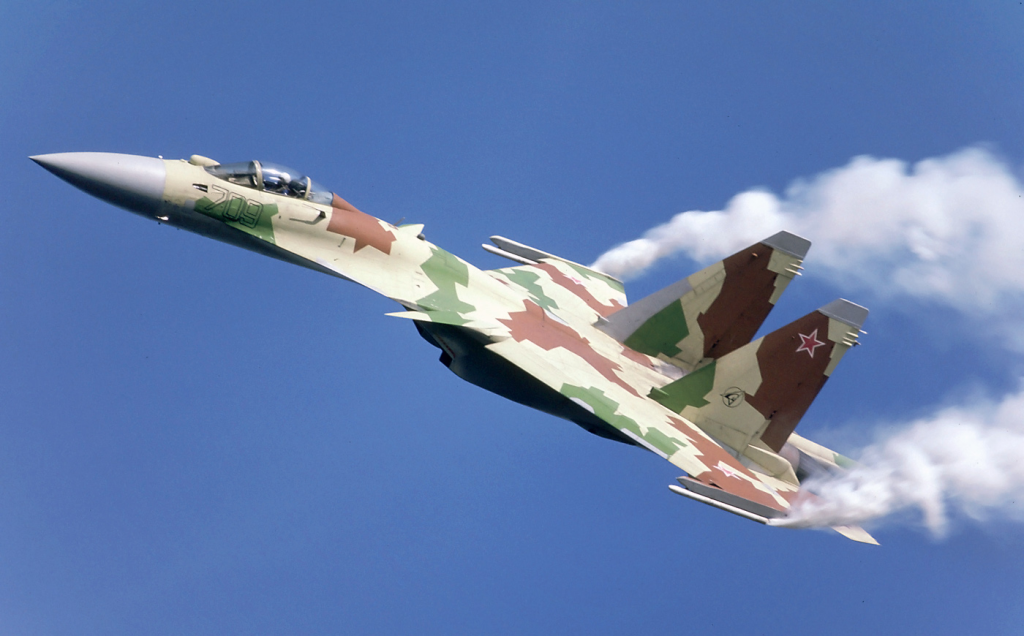
7. Military Cooperation under the Shadow of the Ukraine War
Iran’s strategic military connection with Russia has strengthened since mid-2022, with Tehran sending thousands of Shahed-series drones and over 400 short-range ballistic missiles to Moscow. Such deliveries, including Fath-360 and Fateh-110 systems, have altered the dynamics of battles in Ukraine. Moscow’s willingness to provide high-end systems like Su-35 and S-400, however, signals reciprocal strategic value, binding the two nations in a defense pact that transcends regional theaters.

The convergence of nuclear development, advanced air defense deployment, and fifth-generation fighter acquisition underscores a coordinated Iranian approach to industrialize its defense, militarize its powers, and inoculate itself against the operational disadvantages of sanctions. This dual-track approach nuclear growth for civilians and military development positions Tehran to weather economic isolation while refocusing its deterrence posture amid a volatile Middle East.
